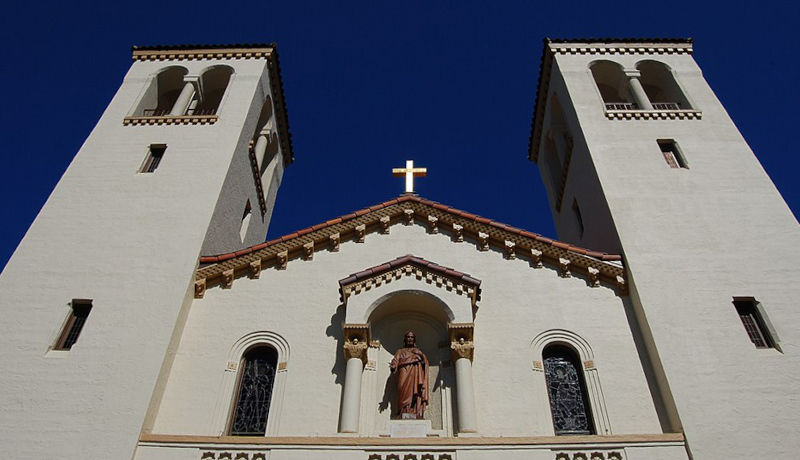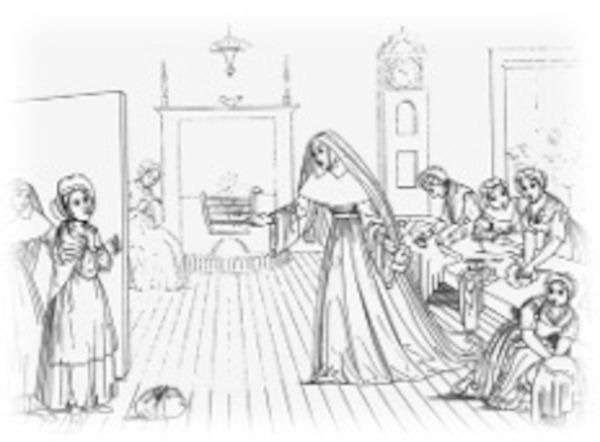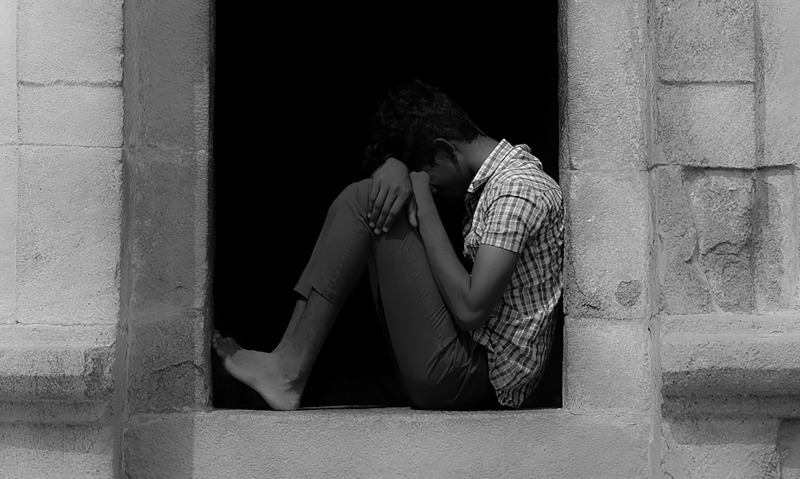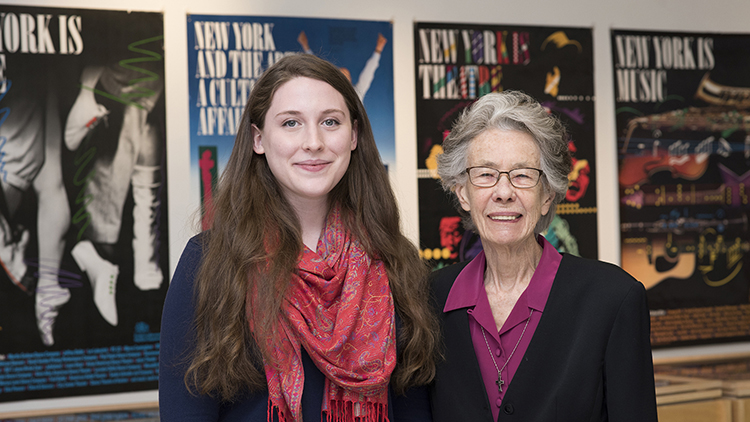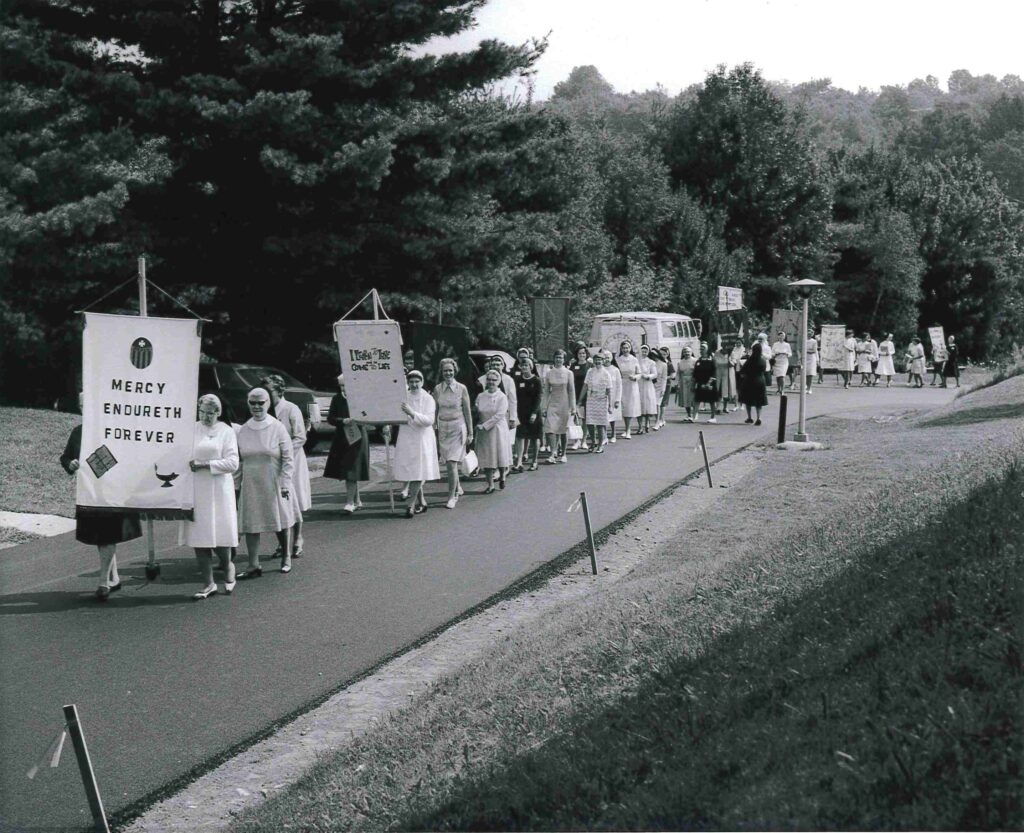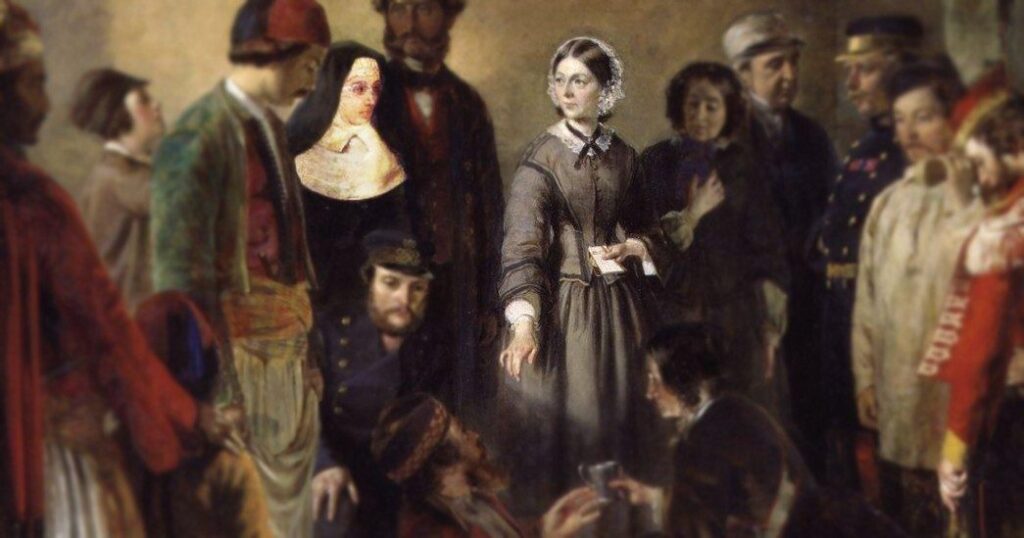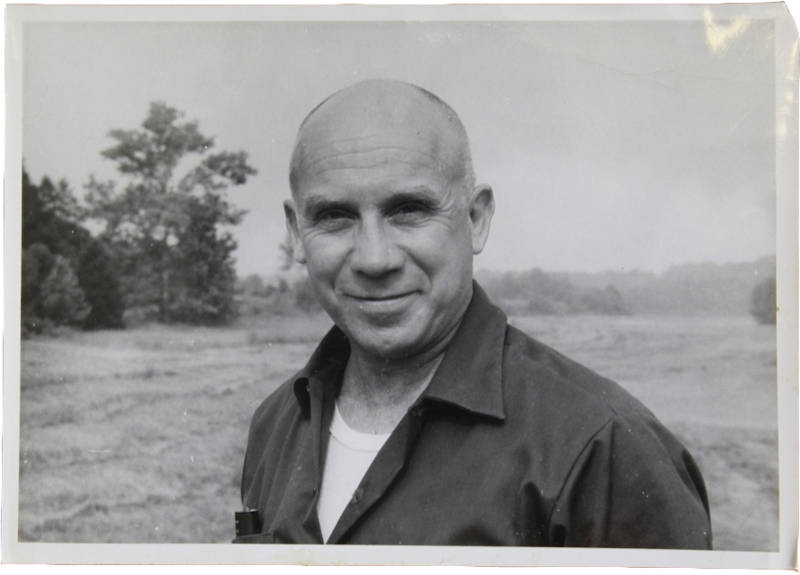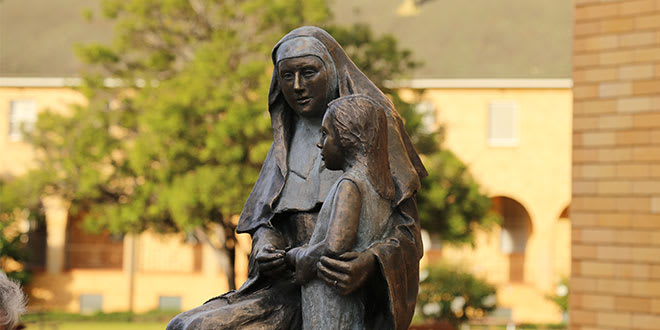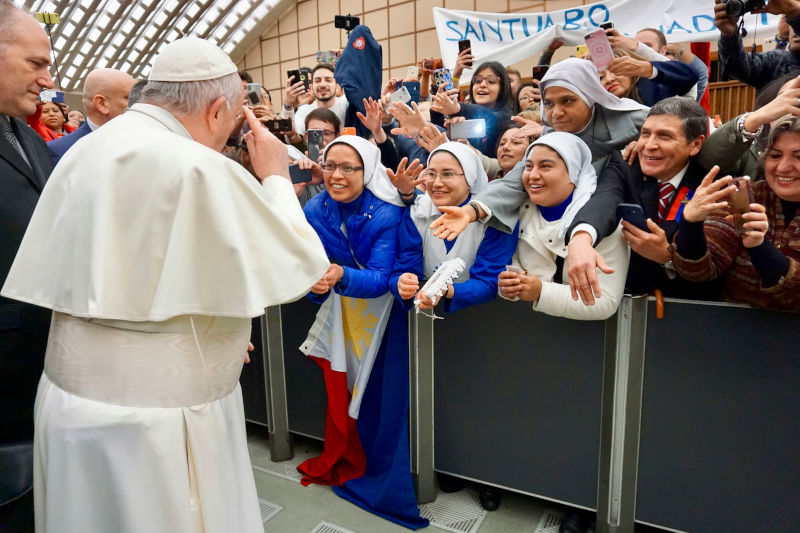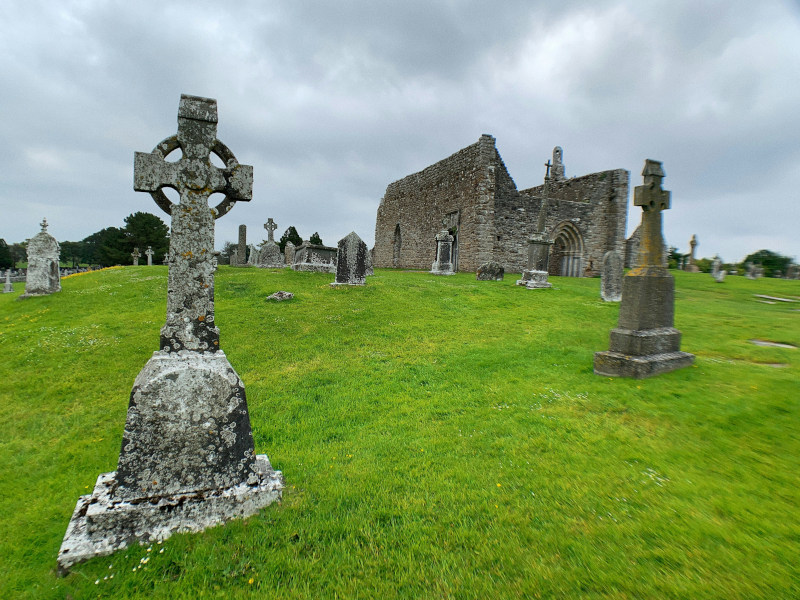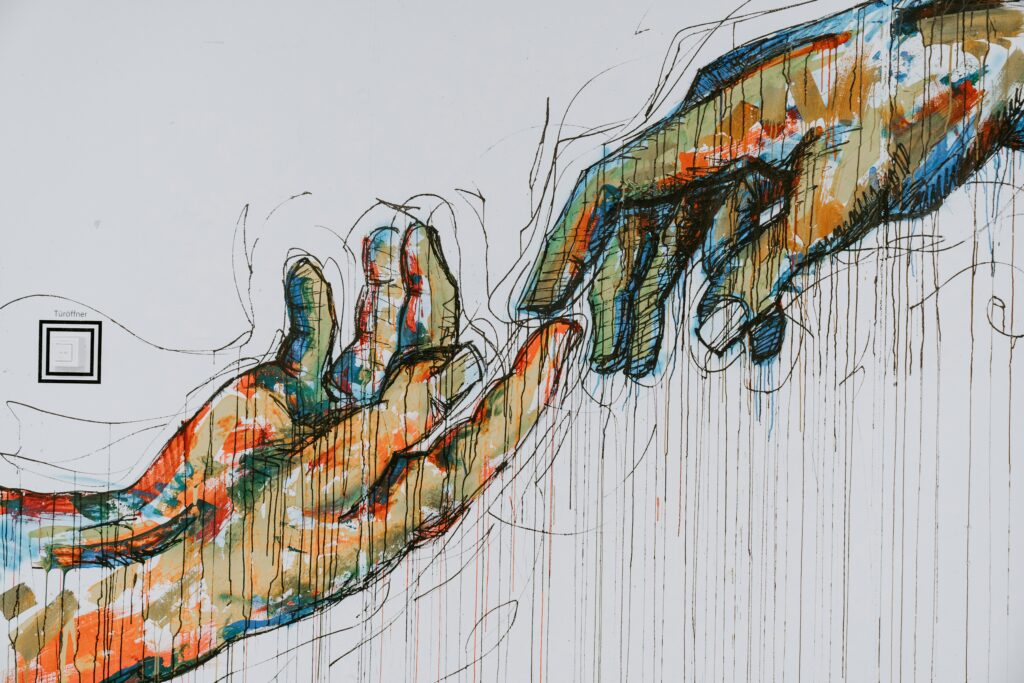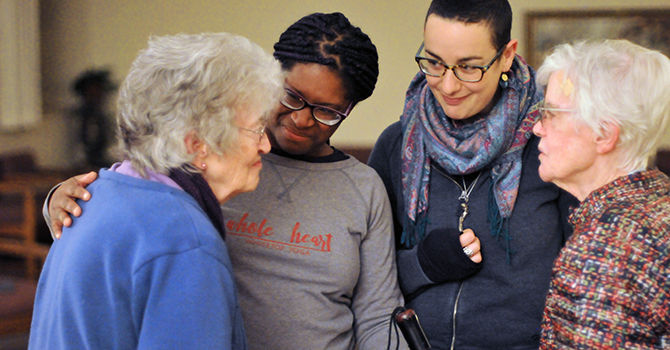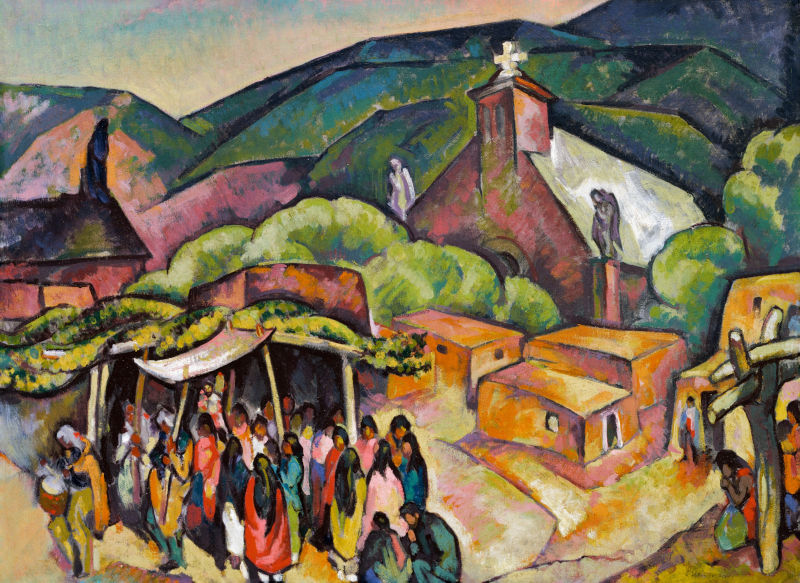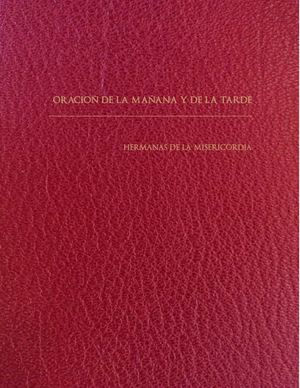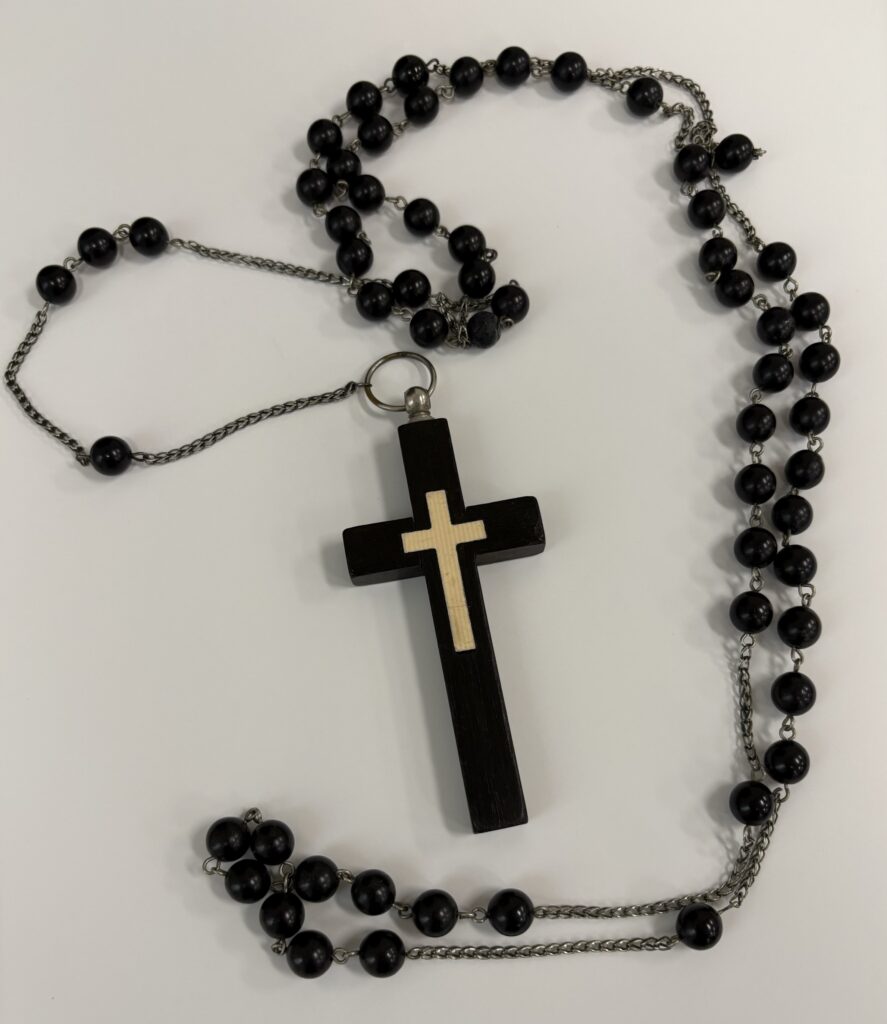Introduction
At Sacred Heart of Jesus Parish, in San José, we had multiple Synodal Listening Sessions in both Spanish and English. There were four sessions in English at various times within a two-week window, three in-person and one Zoom meeting. In addition, during an English catechetical session each group of students and parents were presented with the questions provided by the diocese to contribute their responses. These were recorded in the same manner as the other meetings. There were a total of ten sessions held in Spanish. There were two meetings for adult groups, i.e., Grupo de Oracion and Jòvenes para Cristo. Responses were also taken from students during our Spanish language Zoom catechetical meetings. Our parish’s final session was a major community-wide outreach effort. Bulk mass-mailing postcards were sent out to practically all residential addresses within our parish boundaries advertising the meeting. This meeting was held bilingually. Two groups were formed by language preference, English and Spanish.
At each of the meetings the process was the same: Opening with prayer, viewing the PowerPoint provided by the diocese, including the welcome video from Bishop Cantù; then a short explanatory video, followed by the small group time answering the session questions as given by the diocese. If time allowed, we would regroup as a whole and discuss/discern major themes or ideas running through the answers given in small groups. All responses, in both small and large group, were noted on large poster pads so all could see and correct or amend the written response to best reflect the stated thought. We closed with a prayer.
In total we held 5 (4 parish wide families, 1 catechetical group) in English only sessions, 10 Spanish- only sessions (8 for various parish wide groups and catechetical families, and 2 general meetings held after Mass), and 1 community-wide, bilingual listening session. All responses from all meetings were summarized and are encapsulated in the following report.
In the document that follows all responses from the various meetings are reported as stated, though repeated or similar thoughts are summarized or condensed.
Where do you personally experience Church today?
Much of what was said by attendees in response to this question is repeated, reflected and overlaps much of what was said to answer the next question, about joys experienced. Therefore, the remarks placed here will only be those that were uniquely said for where they “experience Church today.” All others will be part of the summary statements found in the next section.
Many people expressed that they feel part of the church when they provide their services, support, to the community. Others remarked that they feel “Church” when people teach their children to follow God’s teaching and word the same way as their parents taught them. People experience “Church” when they actively participate in Mass with the adult group. For example, one person said, “I enjoy the unity when we come together and worship in one place.” Another remarked that they felt “Church” “when I was asked to join the Pastoral Council, my opinion matters, and counts as a voice of the community.”
What joys do you experience?
Many people found joy in a felt sense of community, in the gathering of family and friends, and seeing familiar faces. “It feels good when I’m in church.” It feels like belonging to a community, having a purpose—these were common sentiments expressed. Many feel support from others in the community. They enjoy the involvement of everybody, “It feels like home” due to the joyous participation at Mass and enjoying the singing. Many also remarked on how good it felt to see people returning after the COVID shutdown. People enjoy the friendly and welcoming environment at church. People also remarked about the nice, helpful ushers.
They also expressed joy at the appearance of the church, the decoration of the altar, of the candles, the music and the art of the church. The music at Mass is inviting and motivational, singing and participation brings joy. Several people noted that celebrating the various liturgies and the sacraments, and mass in general, brought joy. A few more remarked about finding joy in our bilingual celebrations that bring the whole parish together. Other communal gatherings such as picnics and community wide events also bring joy.
People also expressed joy by connecting with the pastor and priests, for example when they welcome us before Mass and don’t hurry off after Mass, through their sermons and homilies, especially when they ask questions and connect the homily with peoples’ real lives. They get encouragement from them. They also noted that our deacon’s interpretation of the readings brought joy.
Some people remarked on the sense of history they feel at our parish. Others found joy in the catechetical experiences. The commitment of parishioners, the different people doing different things, their array of talents and willingness to help, also bring joy.
In daily life, dealing with obstacles, and being able to speak with God brings joy. Feeling God at home gives joy, peace and tranquility. Bringing friends to church, bringing light to those who are frustrated in life is a joy. When children who are not connected to church but who are still connected to God also brings joy. In addition, people who participate in spiritual retreats found joy because it changed their perception and deepened their faith. They felt more connected to God. Taking flowers to the Virgin Mary during May dressed in their best was another example of joyous activity for a parishioner.
What difficulties and obstacles have you encountered?
This question, by far, elicited the greatest number of responses in every group. A few responses were very narrow, aimed at difficulties perceived specifically in our parish (e.g., problems with the sound system, perceived favoritism of certain groups). Those few remarks have been omitted from this final document.
A handful of similar comments about the Church in a more universal sense were made at almost every meeting. People expressed difficulty with what they felt was a church that is “too rules based,” with too many rules, wherein we are not guided — just told what to do. The church is seen as too judgmental, not focusing on the basics, not giving alternatives, especially with the young. It was remarked by some that the church is not open, and it excludes some. A few remarked on the fact that they were, for example, divorced and so cannot receive communion. Another exclusionary obstacle mentioned was the lack of women in roles of authority and the perceived lack of respect for them. One woman remarked that she “resented men dictating women’s rights.” Other church “rules” that caused difficulties were related to the priesthood: celibacy and restriction of priesthood to males. People also expressed concerns that too much focus was placed on abortion, which takes away from other issues of great importance like feeding the poor and attracting young people. Another person remarked that abortion should be “discussed more in line with the basics of the Catholic Faith.” A great difficulty expressed was the “corporate veil” used by the church to protect priests in sex/child abuse cases. Concerns were expressed that we (the Church) need to “address problems in America” and that we have a responsibility to the poor and disenfranchised.
On a more national church level people expressed concerns about the apparent division in the Catholic Church in the U.S. Some comments were as follows. We should “get out of politics,” especially the presidential race. We seem to be “two voices– conservative and tolerant.”
At a perhaps more diocesan level of focus, difficulties were noted in the way decisions are made. It was said that the diocese just “tells parishes what to do.” There doesn’t seem to be enough regard for the unique aspects of a given parish. Decisions are made without sufficient consultation. Other diocesan level difficulties were more general in nature. It was felt that we in parishes get little information about diocesan services offered to carry out our mission. Another person felt that parishes were not treated equally, especially in a financial sense. A handful of people also noted the desire to have the bishop out in the community, being seen and heard more frequently. Another difficulty expressed may be appropriate to include at the diocesan level but was expressed also as a local parish concern. That is the difficulty of understanding the speech of priests with heavy accents and the need for priests who have mastered the language of the community they serve. A related concern was the need for homilies that help us understand the readings.
At each meeting more people spoke of the difficulty in the current church of attracting and holding onto our youth. Young people are leaving the church. The lack of a youth ministry and a youth Mass was noted. One person put it this way: The church doesn’t make an effort to draw youth. Parents and others shared frustration at the lack of connection with young people despite their modeling Christian values. People noticed that some families leave the church after a child receives First Holy Communion. The parents, then, don’t develop or grow in their faith, and the children then grow up without getting closer to God. One person’s concern was that “youth don’t hear the same message from priests” [as from parents?]. People also called for more instruction for the young and for adults. One person expressed the desire to “get kids into church other days than just Sundays.” And several expressed the need to protect those children who are here.
In addition to the above there was an array of comments that did not fit easily at any one level of concern. They are broad and may apply at several levels and in various areas of church life. One obstacle shared was the lack of support for every day, individual, problems and experiences. “The prayer intentions lack relevance.” Another stated, “I don’t feel listened to.” One person felt that “people don’t know the significance of Mass, the reasons for traditions” and counted this an obstacle. Some concern was expressed about language acting as a barrier to the church: “We’re one Church” and special Masses in a different language are an obstacle. However, another person stated that they felt divided, “We’re not one church because of different language groups.” Various and additional concerns were expressed as follows: It is always the same small group of people who volunteer. There is a need for more inclusion of other parish groups. There was a need for more changes. The church is too broad in its focus to attract others. One person commented, “I feel too shy to express how I feel.” This person didn’t feel free to share their insights, or thoughts.
What insights do you have?
When people were asked this question, many of the comments made where framed as “needs,” what we understood as the church needs. One desire was the need for more community, for a more communal feeling. Several participants expressed the need for more community activities that include food, and where resources, problems and solutions can be shared. The need for outreach was often shared, as was a need for more volunteers.
Related insights about communications were often stated. The desire for better communication of available services at the parish and diocesan levels was expressed. “There should be one place to be informed about church events, resources and programs,” was a typical desire.
Another theme was that the church should “be welcoming to all. All should be safe here, divorced, gay, other lifestyles. All participate in the sacraments.”
Some noted, “COVID changed everything. Now I value social media links for the parish, and I registered for the automatic payments for the offertory.”
The idea of “change” was stated in different ways. Some remarked, “The Church needs to change.” Others said, “If it’s working don’t change it.” This last observer went on to say, “The Church needs to listen to people before changing things, instead of allowing changes every time there is a new priest (pastor).”
People also had insights about preaching and homilies. That homilies need to be more relevant was a comment made at several meetings. It was suggested that more training is needed, and that lay people should be allowed to preach. In addition, it was felt that the Prayers of the Faithful need to be more relevant and that parishioners should have a way to offer intentions, as opposed to reading the current “canned versions.”
What is your dream or vision for the church in the future?
People generally dreamed, in broad terms, of a Church that is more inclusive, more accepting, showing respect without discrimination, one that is more welcoming, especially of newcomers. People also hope for fewer rules. When new rules come out, they would like explanation so the rules can be understood. However, there seemed to be two other general categories of responses that occurred frequently. One concerned young people in the church and the second dealt with the laity, especially women, and their roles and authority in the Church.
Many people hoped for a church that is more attractive to youth. They envisioned a church with many more young people in attendance, more young invited, engaged, and involved. A church for example, with youth programs, more young parishioners in positions of some authority. Teen activities could include Teen Mass with teen ministers and homilies directed at the teens, youth retreats, and more opportunities for them to connect to church. It was also suggested that parish youth groups might go on “tours” of other parishes’ youth activities (e.g., “Saints in the City”). One person also hoped that the young would be better educated by the church so that the misinformation given at home by cradle Catholics would be corrected and updated.
The second large category of frequent responses was hope for a Church in which lay people would have more responsibility and authority. It was a call for more participation by laity in general. It was also a vision of co-responsibility. “If people see their contributions have an impact or influence then more will participate,” is an example that summarizes the dreams of many respondents in this regard. This also was often specifically envisioned in terms of women’s participation and contribution. There were hopes expressed for lay, and particularly women, being allowed to preach and give homilies. In addition, there were dreams of ordaining women.
People also envisioned a church in which marriage is more inclusive. They hoped that marriages that didn’t occur in the church would be blessed, gay marriage be recognized, and that priests may be allowed to marry.
There were also a number of dreams or hopes expressed in terms of changes they’d like to see in the larger church. For example, it was envisioned that parish councils should elect Bishops. (This could also be an expression of co-responsibility of laity with the ordained.) There was a dream for a more open and accessible Vatican, and for a Pope who represents the world. There was a vision presented of the Church separating the “business” aspects from the sacramental and pastoral parts. The church should recruit priests from other countries to get a mix of cultures and languages. It was also dreamt that the church become more transparent and open about struggles and problems, for example, the sexual abuse scandal. Some expressed embarrassment at having to admit they were Catholic in public. The church should reflect the people it serves, was a dream shared. (It was not clear whether this referred to the universal church or for the diocesan level.)
At the diocesan level, people dreamed of having one set of requirements for sacramental registrations, and that the sacraments be provided free of charge. People also hoped for more sharing between parishes. One person offered a dream of a diocesan-wide day or weekend get together for all parishes so that we might get to know one another better. Another person hoped that we would be more united to help others as one faith community.
Another general category of dreams centered around communication. People envisioned a church that communicated better to believers within, and outward to others. The church could promote positive changes and share that more broadly. A church could make clear what volunteer opportunities and resources for help existed. There was also a general hope expressed that the church provide opportunities for growing in our faith and attract more people to join the Catholic Faith. It was noted that “moral fiber is just not there.” One person went on to hope for a “better society” where people “learned more religion and enforced it.” Another person expressed the hope that more people would come to know God and realize that we are the Church.
Are there any aspects of the Church’s evangelizing mission that you would like to see?
Common responses included a conviction that we need to carry out our social justice teachings so that they address the needs of the poor and marginalized. We need information and resources, money and volunteers to move people. We need to train people to help, to organize, and provide workshops on how to help homeless people. There was also a repetition of the need for better communication to publicize ministries that are available. We should have more presentations to parishes on the work of Catholic Charities and Catholic Relief Services. We could get direct assistance at the parish level from such services, such as counselors or social workers on site during business hours. People also noted that these may be ways to attract and teach youth, for example, in after school programs.
In addition to the above remarks, people made a handful of general comments about evangelization at the diocesan level. For example, it was suggested that the Bishop could aid evangelization by “getting out and visiting all 53 or whatever parishes.” More diversity and equity at the diocese were also seen as an aid to evangelization. And it was noted that we should also promote religious life.
How do you value the Church’s social mission to care for the poor and marginalized, as well as its efforts to address poverty and social change?
The responses to this question had a lot of overlap with the previous question. There was the same call to continue our social mission– to do more for the poor, marginalized, or homeless, and to provide more services and outreach. We need to do more to address social issues like poverty, marginalization, immigration, and legislation. People again commented on the need for better communication in this regard. We need to share the news about the social justice activities positively, not negatively. We need to be more vocal, to be on the “forefront” on social issues, less on political issues. It was noted that “stop-gap” responses prevent real action regarding the homeless.
There were also responses centering on our youth. Community services should be made more available to our youth. And there should be more community service opportunities available to them. We need more places like Sacred Heart Nativity School to educate our young.
There were some responses to abortion, that adoption and fostering, should be promoted. The church should be more welcoming to all people, gay or straight, regardless of color or ethnicity.
Conclusion
There is a clear sense that we can do better, and there is room for improvement. However, we can also do a better job at spreading news of the good things that are being done. Throughout these sessions, in general, there were some major themes— for a stronger sense of community; better communication; more lay involvement, responsibility, and authority, including especially women; and more inclusion, programming, resources, responsibility and authority for youth to ensure more youth connection with and participation in the Church.
It was often remarked that we need to be more welcoming to all people, including the immigrant community, to help them feel welcomed week to week. We need a better sense of belonging, where each family member can look forward, and longing to be attending the same Mass each week.
The call for more lay involvement was best summed-up by one parishioner as follows. “The Church has to fix the organization so that members feel that they have a space in the Church. The hierarchy causes disconnect with the people, and they don’t feel their say has any recognition.” Another remarked, “The Church needs to allow and encourage lay people… Take advantage of the knowledge of the people in the assembly who know the Gospel well.” Priests and bishops “don’t seem to be enough because they don’t understand the laity.” There is a call for women to occupy positions of authority, such as deacon and priest.
And it is clear that we want to, we are called to create a Church that is more inclusive of youth, we ache for more young people in our church.
It is also apparent that we are not doing enough to address the needs of the poor and homeless.
The next step for the parish will be to publish this document to our parishioners. We will also make available the responses that were not included in this report that had applicability only to our parish. We will announce the combined documents availability at all Masses over several weeks. We will place a link to them in our parish website and Facebook page and email them to all registered parishioners.
Then, on or near the weekend of our parish’s annual feast of The Sacred Heart of Jesus, which this year is on June twenty fourth, we will hold a parish-wide “townhall” style meeting. The documents will be presented and discussed. Our Pastor and Pastoral Council will serve as a moderating panel as we decide which items, calls, and suggestions we can and should address. The Pastoral Council will then take those directives from the assembly and strive to devise an implementation plan for the coming years. Over the summer and into the early fall the Pastoral Council will work back and forth with the pastor and finance council to come up with a plan and budget to carry out the changes, over perhaps a three- or four-year process, called for by the synodal discernment process and parish-wide assembly. That plan and budget will be announced and published, in a manner similar to this report, to all registered parishioners. The following three or four years will then be the period to enact these changes in the life of our local Church. After that period, we will go through another synodal discernment process and repeat the cycle. Hopefully this will become an ongoing system of continual renewal, invigoration, spiritual deepening for our local Church.
Responses
Responses from English only groups are marked with •. A remark found only in Spanish language groups responses is marked with ^. Remarks from the final, community-wide session are identified below with º.
• We used to have parish missions
• Problems with the sound system
• Problems with accents/speaking English
º Have to choose one group – Spanish or English.
There’s much difference in Masses – no middle ground
º Some parents think they must “pay” [donate] to come to Mass – must educate
º Resources for parents, English or Spanish, are not equal; parish divided
º Favoritism that occurs sometimes with some groups and organizations
• [Need] for more creative projects in catechism classes
• More instruments for liturgical music
^ Guide to different parts of Mass
^ Flier/guide to catechetical programs and requirements for catechists
^ Recognize (celebrate) birthdays/anniversaries once a month for parishioners. I wish there was a continuum for parents and catechumens. I am participating in catechesis via ZOOM my family and I have enjoyed the class, at first it was difficult, and I have noticed how beneficial it has been for all of us but now that we are nearing the end of the catechetical program in May I wish there was a continuum so I as well as my kids can continue to learn more of my own faith and values
^ I would like to receive Holy Communion directly in my mouth as it was before
^ It would be great if people could give more in the offertory so the church can have a greater possibility to accomplish its mission^ Have at least one hour of prayer with the Blessed Sacrament
^ Have a small store to sell religious artifacts
^ Have a special mass at least once a month for the sick or the anointment of the sick
^ I would like to see direct assistance or resources at my parish and not be directed to Catholic Charities or other organizations outside of my church. For example: having a counselor in the office I can talk to during business hours or having a social worker available at my church if I or anyone else needs assistance
^ Have a fresh food pantry where restaurants or people can drop off freshly cooked food, so it does not end up in the garbage
^ Have and provide more spiritual retreats for all ages and have them focus during Lent and Advent
^ Have a bible study group
• More food
• Bigger church building
• More events and more community
• Presider provides background for events and rituals.
• involve young people, youth programs, feel engaged/invited, ^teen groups, ^Teen Mass with teen ministers with homily directed to them, ^ activities for teens
• more socializing outside of Sunday Mass, homework Club, project work teams
• Bulletin more relevant to parishioners (e.g., deaths, marriages, baptisms, etc.)
• Offertory coming from the community to the altar
º Projection screen at Mass for songs, etc.
º In Mass catechize about Mass, e.g., why we kneel, responses, etc.
º Opportunities to connect youth with church, hold youth retreats
º Fundraisers, e.g., festivals, carnivals etc.
^ catechetical program more as a continuum for families to continue to learn about church
• connections with people like visiting the sick
• Baptism classes as a kind of evangelization
• Funeral gatherings at parish for families
• More presentations to parish of work of Catholic Charities/CRS
^ Have direct assistance or resource available at parish (e.g., from Catholic Charities, counselor, or social worker in an office at parish)
^ more spiritual retreats
• Annual parish service day at Martha’s Kitchen
• Christmas wrapping party for charities, ^ toy drive for children at Christmas or Epiphany


